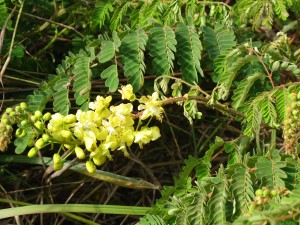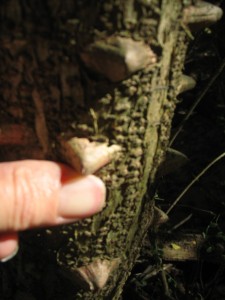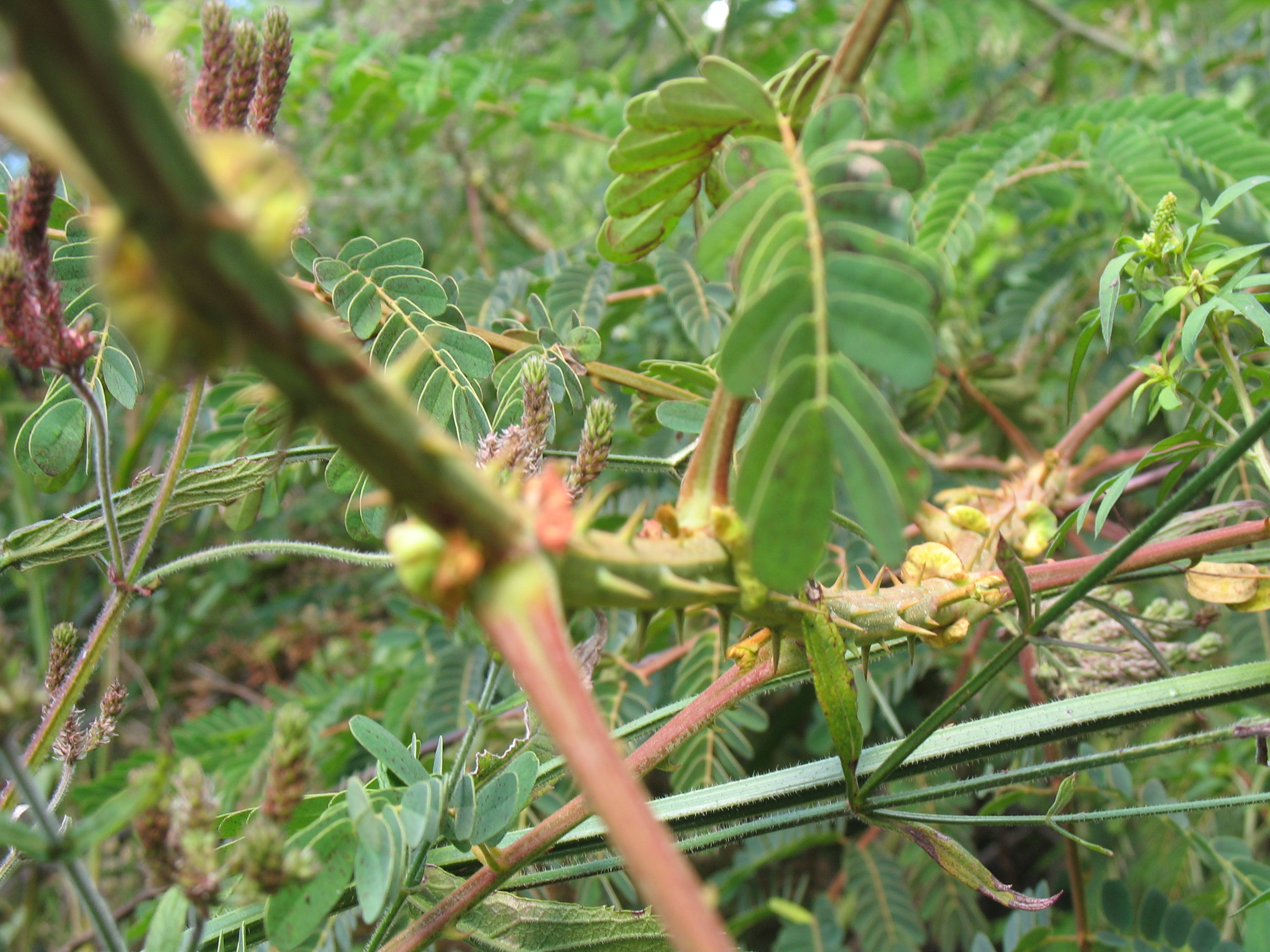As part of the Stockyard Creek Catchment, Punchbowl Creek starts high up in the Dog Leg Ridge to the East of the Coaldale Valley. Stockyard Creek branches off Punchbowl Creek in the Punchbowl region and then travels approximately 30 kilometres downstream.
Wombat Creek State Conservation Area is a significant area in the Catchment of Stockyard Creek and while it lies at the top of the catchment, stockyard creek continues its journey travelling over large grazing properties, meandering through the Stockyard Creek locality and past smaller properties at the back of the Whiteman and meeting up with Whiteman Creek.
A smaller section of creek banks along Stockyard Creek in the upper reaches have been impacted by past grazing and flooding and riparian vegetation removal. The remainder of Stockyard Creek is otherwise in good condition with a healthy diversity of flora species. The real impact on Stockyard Creek is that of the noxious weed Mysore Thorn caesalpinia decapetala which is literally taking over many of the lower sections.
Mysore Thorn is a vigourous growing plant capable of climbing and engulfing native vegetation. It favours creek lines and riparian zones where it forms dense thickets restricting water flow, access and downstream movement of flood debris, leading to increased flood damage. Mysore Thorn is quickly becoming established along Stockyard Creek with some vines found to be over 5 metres in height.
Mysore Thorn is not limited to just riparian zones it will also invade pastures and has a tendency of becoming the dominant species, it can also restrict the movement of native fauna and provides habitat for feral pest species.
In 2008 Clarence Landcare worked with ten landholders along Stockyard Creek who participated in the development of a management plan which incorporates a coordinated approach to reduce and control the noxious weed Mysore Thorn and environmental weed Camphor Laurel.
That year saw the first year of on-ground works implemented by professional Bush Regenerators. Excellent results were achieved with approximately 5kms of Mysore Thorn controlled, however the need to implement further work is essential in maintaining these areas, as Mysore Thorn is a vigilant weed with seed source remaining in the ground for up to 10 years.
Monitoring of these areas has shown that seed banks are definitely active with many new infestations now growing.
Clarence Landcare is always working hard to achieve funding for these types of community river reach projects to assist Landholders, however funding is not always possible and Landholders will need to remain active in maintaining the areas already controlled. For further information on this project please contact our Project Officer, Susan Moore.
Mysore Thorn can be easily controlled when its in juvenile form by hand pulling from the base (wearing gloves) or by backpack method. For larger plants which cause dense thickets, access tracks need to be cut around plants to ensure a good spray coverage and use of a commerical spray unit is recommended. When spraying Mysore Thorn, all care must be taken to protect surrounding native vegetation from chemicals.
Important – please refer to the safety directions of chemicals prior to using and mixing and always use/wear appropriate safety equipment when handling chemicals.


